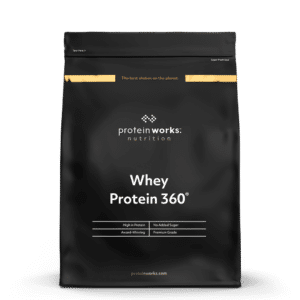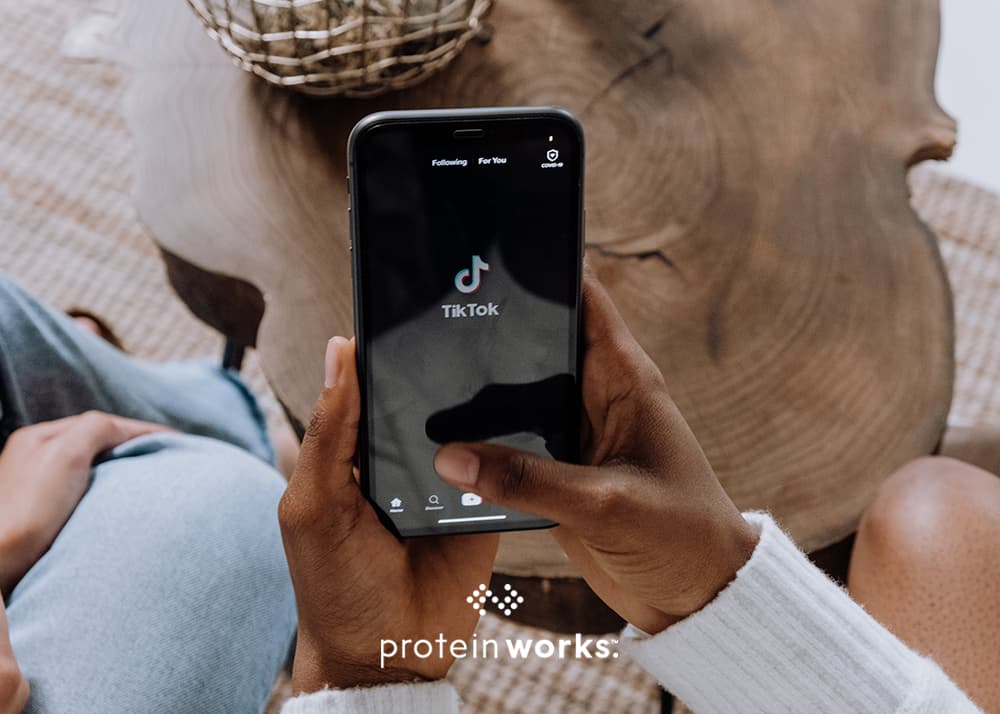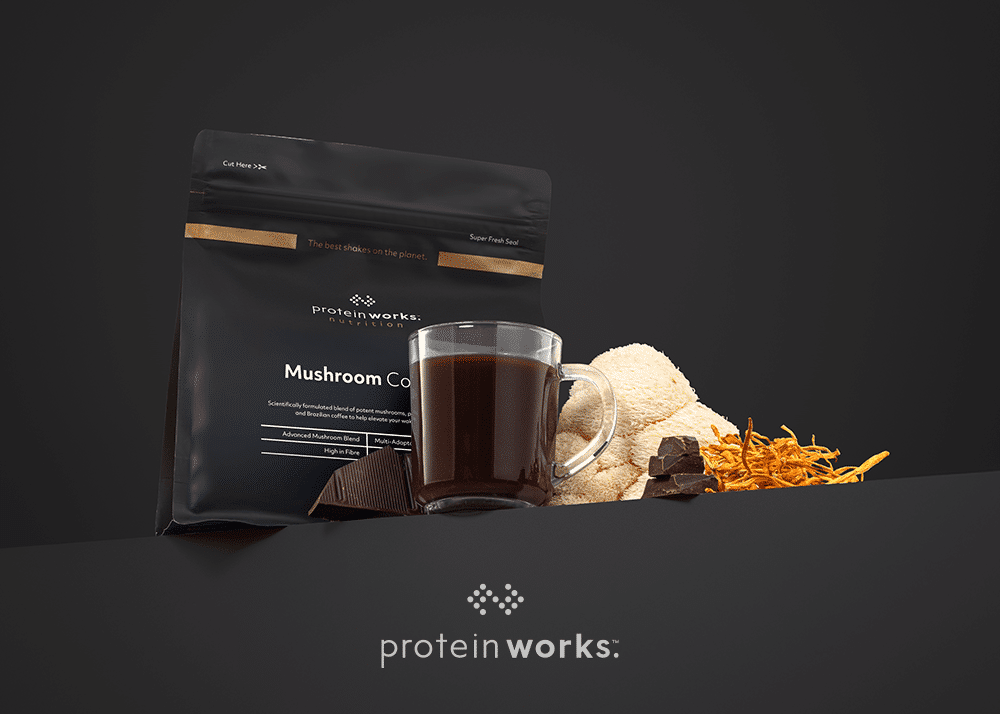In the quest to achieve our goals, whatever they may be, we understand the importance of planning and following both effective training and nutritional strategies. However, how many of us follow a recovery plan?
Training leaves us feeling sore due to the micro tears created by resistance training. Correct nutrition allows for the healing of these micro traumas, yet a long term strategy to allow full recovery is an essential component to maximise our chances of achieving our goals. It however, is an often overlooked component.
Trigger point therapy such a foam rolling (SMR), or a professional deep tissue massage are considerable assets in the recovery process.
Muscle fibres
To understand how massage and SMR aids in the recovery process, we must first examine how skeletal muscle is composed.
Skeletal muscle consists of individual muscle fibres which are held together by connective tissue called Perimysium. These bundles are further clumped together and held together by the Epimysium.
The fascia or myofascial which surrounds the muscle is, to quote from anatomytrains.com the “the biological fabric that holds us together.”
Myo means muscle and fascia means band.
Biologically, fascia is “a sheet or band of fibrous tissue such as lies deep to the skin or invests muscles and various body organs.” (http://medical-dictionary.thefreedictionary.com/fascia .
Due to the nature of training, the fascia can become hardened and knotted, and according to Davis’s Law, “Soft tissue models along the lines of stress”. Such trauma will lead to decreased neuromuscular efficiency, limited range of movement, and increased synergistic dominance. Over time this will lead to injury and altered movement patterns.
How massaging works.
SMR (Self myofascial release)
Self-myofascial release is the use of an implement such as a foam roller to massage the fascia that surrounds our muscles. It works by a process called autogenic inhibition.
Within skeletal muscle, there are two forms of sensory receptors: Muscle spindles and Golgi Tendon Organs (GTO). Muscle spindles (which run within the muscle, parallel to the muscle fibre), are responsible for sensing changes in the length of a muscle, and the rate of change. This ensures that the length of a muscle does not change too quickly, therefore leading to injury. GTO’s (located where muscles and tendons meet- known as the musculotendinous junction), are responsible for sensing the change in tension and the associated change in rate of tension. This stops the muscle from being placed under excessive stress, which could lead to further injury.
By stimulating the GTO’s with an implement such as a foam roller, it will cause a muscle to relax by overriding the effect of the muscle spindles.
SMR has commonly been used as a post-workout recovery tool, however, as reported by Peacock et.al
“Foam rolling self-myofascial release has emerged as an additional component to an athlete’s warmup.”
Foam rolling can, therefore, be implemented effectively before and after exercise, or indeed any time that a muscle feels ‘knotted’ or tight.
Benefits of SMR.
We have seen how foam rolling aids in muscular relaxation, but what are some of the other benefits? I had to look no further than performbetter.com for numerous benefits such as;
– Musculat imbalances are corrected
– Range of motion through joints improves
– Muscle soreness and joint stress decreases
– Neuromuscular hypertonicity also decreases
– Extensibility of musculotendinous junction increases
– Neuromuscular efficiency improves, therefore increasing movement patterns
– Maintains normal functional muscular length
Deep tissue massage
Performed by a professional masseuse, deep tissue/ sports massages are an effective treatment for a number of muscular conditions such as muscular injuries, RSI and postural distortions.
Due to the nature of athletic training such as resistance, HIIT and further forms of cardio, our muscles develop areas of knots/ adhesions.
To quote from (https://destroychronicpain.wordpress.com/fascial-adhesions-2/ fascia surrounding muscle helps to maintain
“proper alignment of the muscle fibers, blood vessels, nerves, and other tissues within the muscle itself.”
It also allows muscle to
“Transmits forces and loads evenly throughout the entire muscle and It allows the muscle to change shape as they lengthen or shorten”
Weakened, strained and tight fascia will in turn lead to a compromised ability of the muscle to function at optimum efficiency. A deep tissue massage focuses on releasing the tension in the knots within the fascia. The long, slow movements on the muscle and stopping to apply pressure to the trigger points are much like using a foam roller during SMR, however with the added pressure and feedback felt by the masseuse, deeper layers of fascia can be relaxed.
During a deep tissue massage, hard knots of adhesion can be felt, however prolonged pressure causes the knot to release and realign. This realignment of the fascia and muscle fibres allows the muscle to regain improved elasticity, mobility and neuromuscular efficiency.
With the breakdown of knots during a deep tissue massage, a build-up of toxins is released from the muscles. Blood and oxygen will travel freely allowing improved nutrients delivery and improved elasticity of the muscles will allow improved neuromuscular efficiency.
How often to perform SMR
Foam rolling (SMR) can be performed before and after each workout, specifically rolling the target muscle of that workout, or anytime a muscle group feels tight.
A deep tissue massage, even once per month, will provide the benefits as mentioned above such as increased blood flow and a release of toxins.
References
Author unknown “Fascia and tensegrity” (2015)
Author unknown “Fascial adhesions”
Peacock, C Et.al “An Acute Bout of Self-Myofascial Release in the Form of Foam Rolling Improves Performance Testing” (2014)
Author unknown “What is myofascial release?” (2015)
Clark,M “Self myo-fascial release techniques”
Hellinckx, B “Muscle spindles”










No Comments yet!